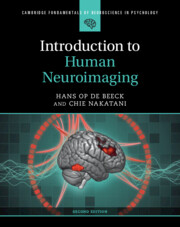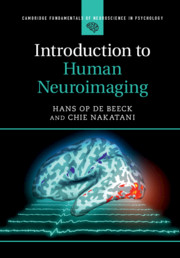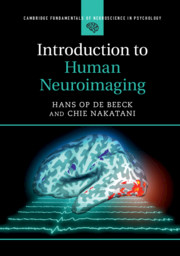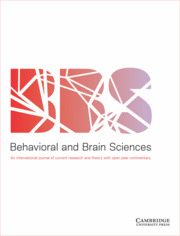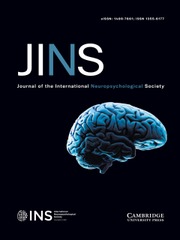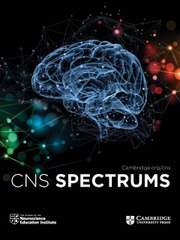Introduction to Human Neuroimaging
Developed specifically for students in the behavioral and brain sciences, this textbook provides a practical overview of human neuroimaging. The fully updated second edition covers all major methods including functional and structural magnetic resonance imaging, positron emission tomography, electroencephalography, magnetoencephalography, multimodal imaging, and brain stimulation methods. Two new chapters have been added covering computational imaging as well as a discussion of the potential and limitations of neuroimaging in research. Experimental design, image processing, and statistical inference are addressed, with chapters for both basic and more advanced data analyses. Key concepts are illustrated through research studies on the relationship between brain and behavior, and review questions are included throughout to test knowledge and aid self-study. Combining wide coverage with detail, this is an essential text for advanced undergraduate and graduate students in psychology, neuroscience, and cognitive science programs taking introductory courses on human neuroimaging.
- Updated throughout, including major revisions on diffusion-weighted imaging, quantitative imaging, event-related potentials, steady-state evoked responses, and simultaneous EEG/fMRI
- New chapter on computational imaging featuring examples from reinforcement learning, drift diffusion, population receptive fields, and encoding models of neural processing
- Human neuroimaging data are often misrepresented. Equips students with the ability to read the literature independently and critically
- Written at an appropriate level for students from a variety of backgrounds in behavioral sciences and life sciences
- 130 full color illustrations
Product details
September 2025Hardback
9781009349901
450 pages
254 × 203 mm
Not yet published - available from September 2025
Table of Contents
- 1. Introduction and overview
- Part I. Structural Neuroimaging:
- 2. The physics behind magnetic resonance imaging (MRI)
- 3. Structural imaging methods
- Part II. Hemodynamic Neuroimaging:
- 4. Hemodynamic imaging methods:
- 5. Designing a hemodynamic imaging experiment
- 6. Image processing
- 7. Basic statistical analyses
- 8. Advanced statistical analyses
- Part III. Electrophysiological Neuroimaging:
- 9. Electromagnetic field of the brain
- 10. Electroencephalography and magnetoencephalography
- 11. Basic analysis of electrophysiological signals
- 12. Advanced data analysis
- Part IV. Complementary Methods:
- 13. Multi-modal imaging
- 14. Causal methods to modulate brain activity
- 15. Computational neuroimaging
- 16. Conclusion.

